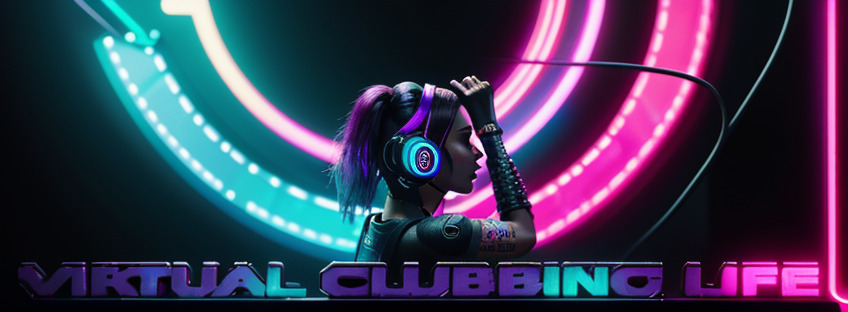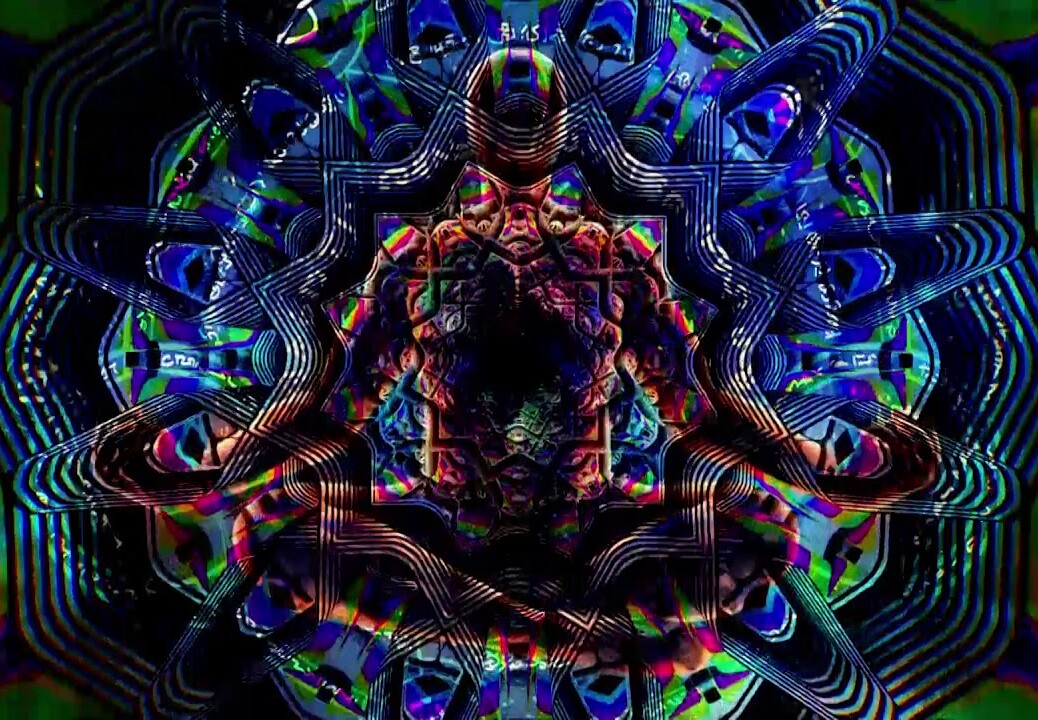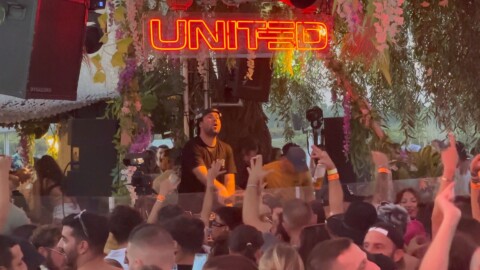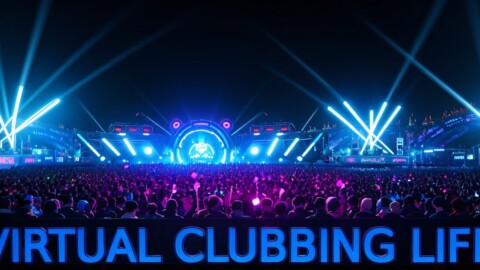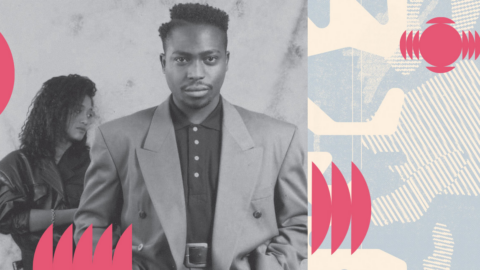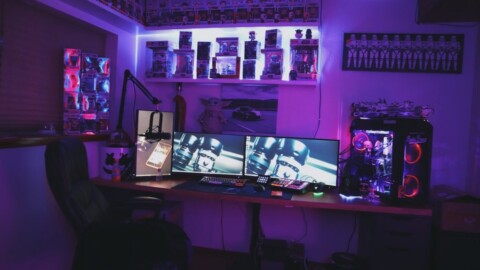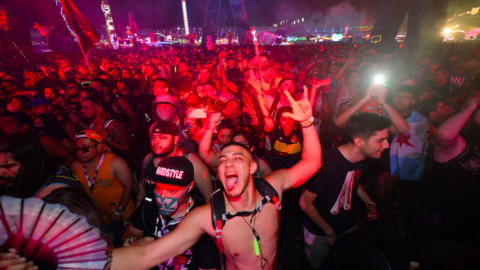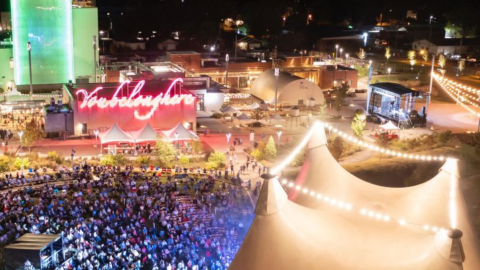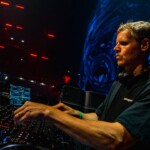Psytrance, short for psychedelic trance, is a genre of electronic music that has carved out a significant niche within the global electronic music scene. Known for its hypnotic rhythms, intricate melodies, and immersive soundscapes, psytrance has evolved into a cultural movement that transcends music, influencing art, fashion, and festivals around the world. This article delves into the origins of psytrance, its key characteristics, notable artists, and its impact on the electronic music landscape.
Origins of Psytrance
Psytrance emerged in the late 1980s and early 1990s, primarily in Goa, India, where a unique fusion of electronic music and psychedelic culture took root. Originally, it was a subgenre of trance music, but it quickly developed its own distinct identity. Goa became a hub for electronic music enthusiasts, attracting travelers and artists seeking spiritual experiences and creative expression.
The early sound of psytrance was heavily influenced by the Goa trance scene, characterized by its fast tempo (typically between 130-150 BPM), driving basslines, and ethereal melodies. Artists began to experiment with sounds and production techniques, incorporating elements from other genres such as ambient, techno, and even rock.
Key Characteristics of Psytrance
Psytrance is known for its unique sonic palette, which includes:
- Basslines: Deep, rolling basslines are a hallmark of psytrance, providing a solid foundation that drives the rhythm forward. The bass is often complemented by kick drums that create a powerful, danceable groove.
- Melodies: Psytrance is characterized by its intricate, layered melodies that often feature synth arpeggios and psychedelic sound effects. These melodies create an otherworldly atmosphere, inviting listeners on a journey through sound.
- Psychedelic Elements: True to its name, psytrance incorporates a variety of psychedelic elements, including samples from nature, vocal snippets, and experimental sounds. These elements enhance the immersive experience, making each track a unique auditory adventure.
- Build-ups and Drops: Tracks often feature extended build-ups that create tension before releasing into euphoric drops. This dynamic structure keeps listeners engaged and encourages movement on the dance floor.
Notable Artists in Psytrance
Several artists have played pivotal roles in shaping the psytrance genre, each contributing their unique sound and style. Some of the most influential figures include:
- Infected Mushroom: This Israeli duo, composed of Erez Eisen and Amit Duvdevani, is one of the most recognized names in psytrance. Their innovative sound blends traditional psytrance elements with rock influences and intricate production techniques. Tracks like “Becoming Insane” and “I Wish” have garnered international acclaim.
- Shpongle: A collaboration between Simon Posford and Raja Ram, Shpongle is known for its fusion of psytrance and world music elements. Their albums, such as “Are You Shpongled?” and “Tales of the Inexpressible,” offer a psychedelic journey that transcends traditional genre boundaries.
- Astrix: Another Israeli artist, Astrix (Avi Shmailov) has been a driving force in the psytrance scene since the late 1990s. His energetic productions and powerful live sets have made him a favorite among fans, with tracks like “Deep Jungle Walk” and “Eye to Eye” showcasing his signature sound.
The Psytrance Culture
Psytrance has evolved into a vibrant cultural movement, with festivals and gatherings dedicated to celebrating the genre. Events like Boom Festival in Portugal, Ozora Festival in Hungary, and Psy-Fi Festival in the Netherlands attract thousands of attendees from around the globe, creating a sense of community among fans and artists alike.
These festivals often feature art installations, workshops, and holistic activities that reflect the psychedelic ethos of the genre. The emphasis on creativity and self-expression fosters an inclusive environment where attendees can connect with one another and share their love for psytrance music.
The Global Impact of Psytrance
Psytrance has transcended its origins in Goa, spreading to various corners of the world and influencing diverse music scenes. Its infectious rhythms and psychedelic soundscapes have inspired countless artists across genres, leading to collaborations and cross-pollination with styles such as techno, house, and even pop.
Additionally, the rise of digital platforms and social media has facilitated the global reach of psytrance, enabling artists to share their music and connect with fans worldwide. This accessibility has contributed to a thriving online community, where enthusiasts can discover new sounds and engage with their favorite artists.
Challenges and the Future of Psytrance
Despite its growth and popularity, psytrance faces challenges, including issues of commercialization and cultural appropriation. As the genre gains mainstream attention, it is essential to maintain the authenticity and spirit of the underground scene.
Looking ahead, the future of psytrance appears promising, with new artists emerging and pushing the boundaries of the genre. As technology continues to advance, we can expect innovative production techniques and fresh sounds that will redefine the psytrance experience.
Conclusion
Psytrance is a captivating genre that offers a unique blend of sound, culture, and community. With its roots in the psychedelic movement and a commitment to creativity and self-expression, psytrance continues to thrive, captivating audiences and fostering connections across the globe. As the genre evolves, it will undoubtedly remain a vital force within the electronic music landscape.
Tags: Psytrance
